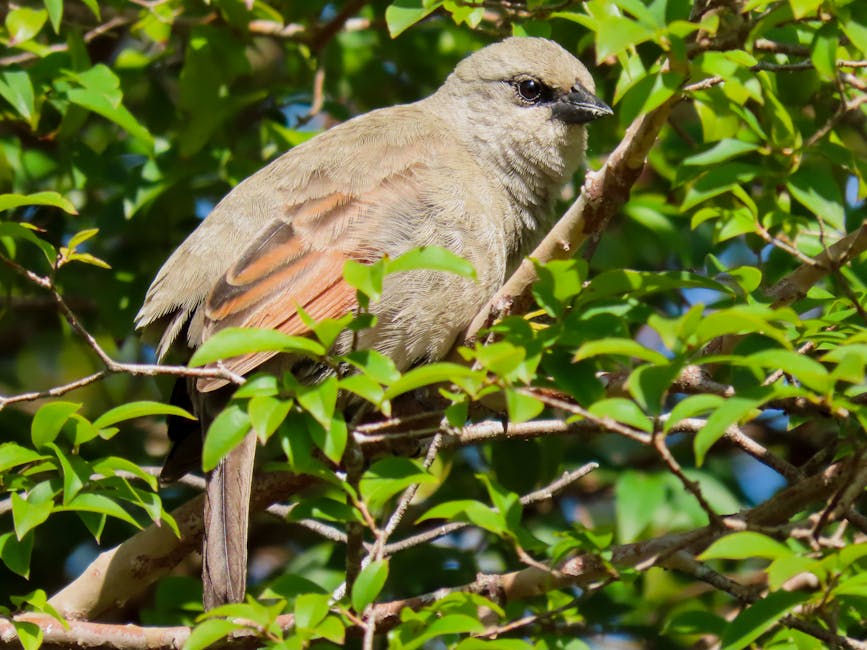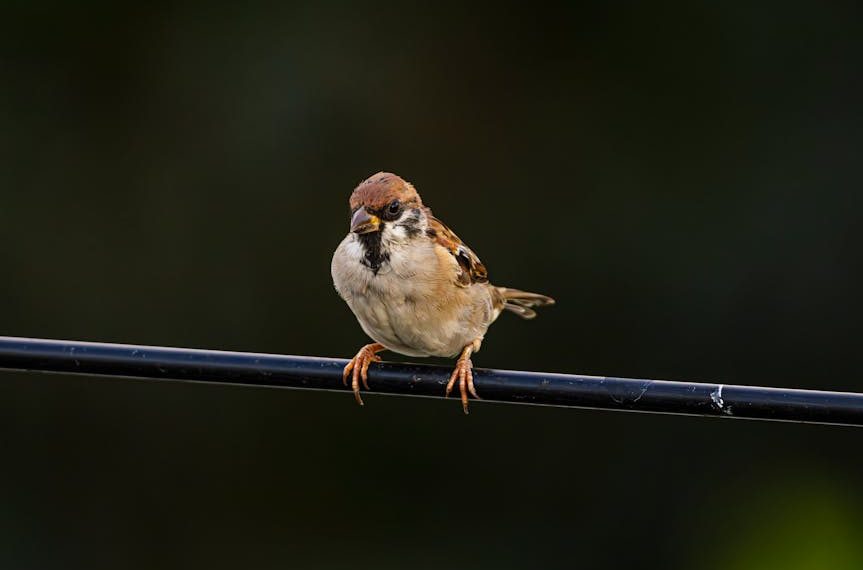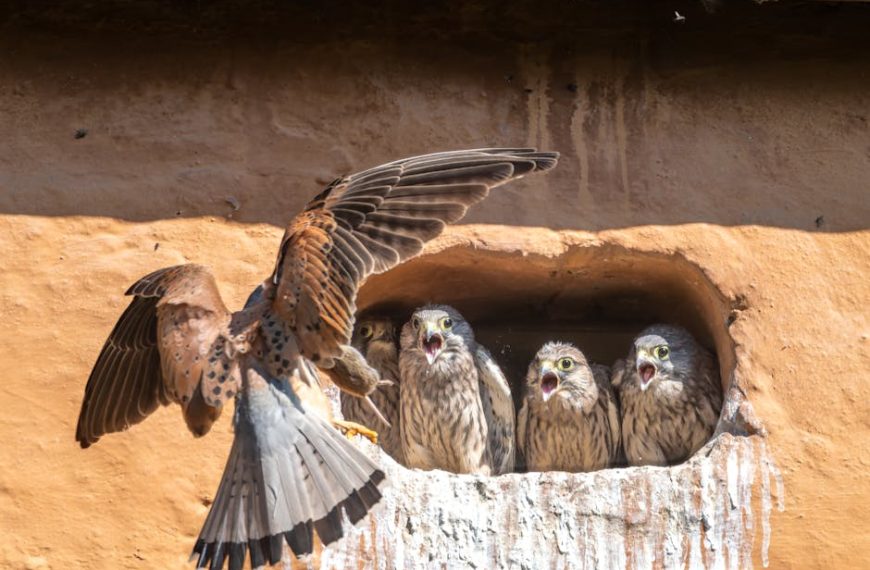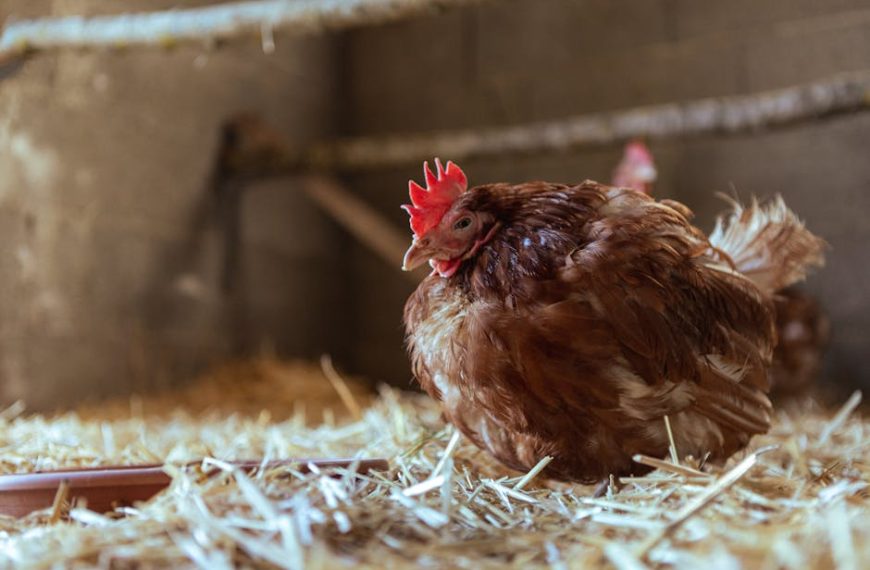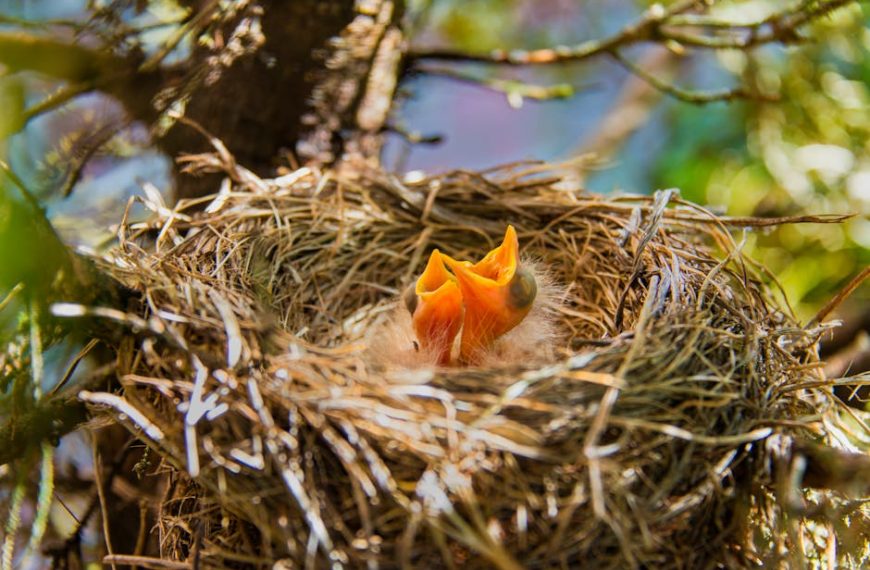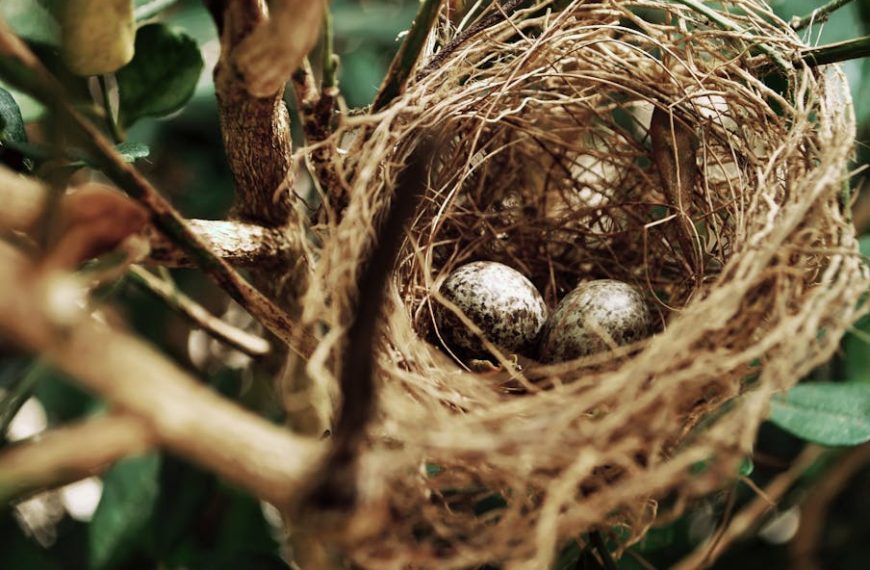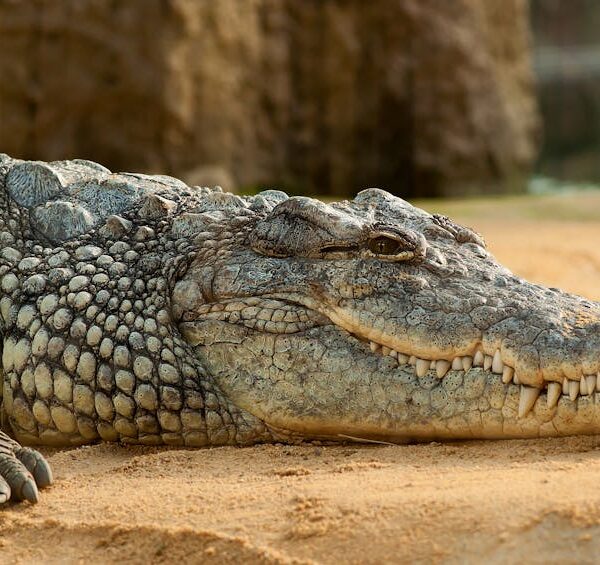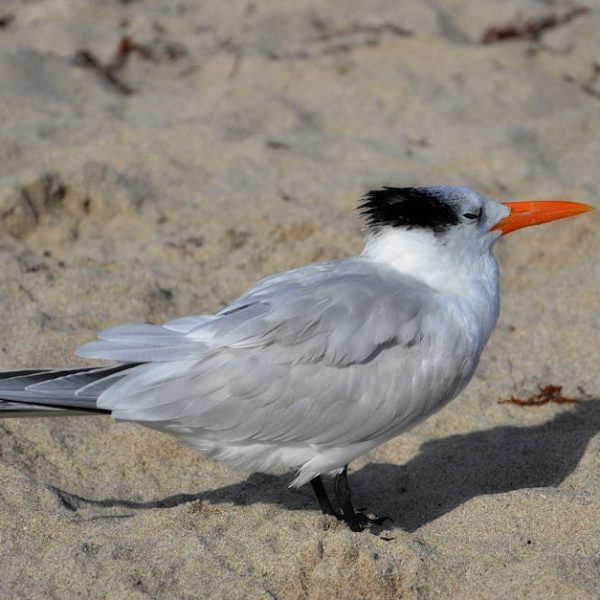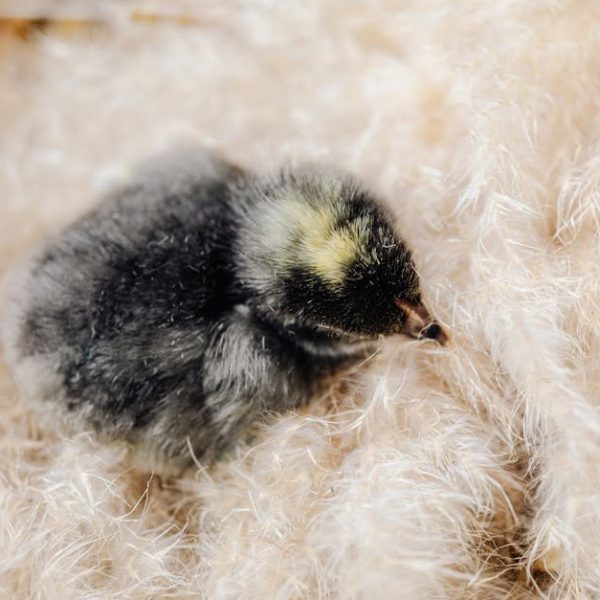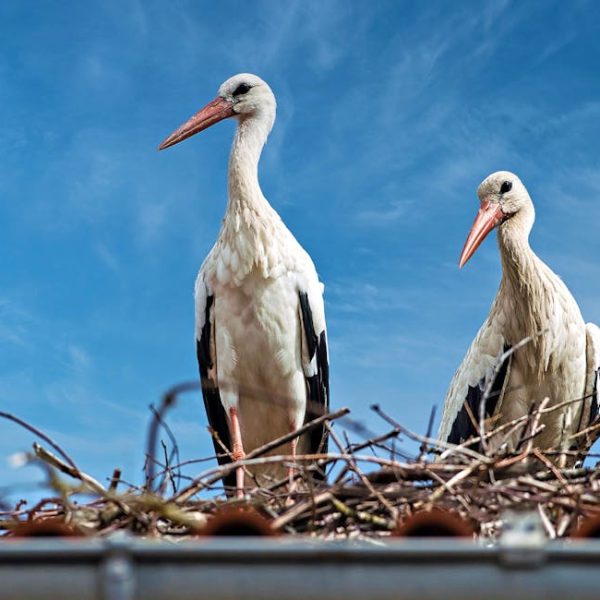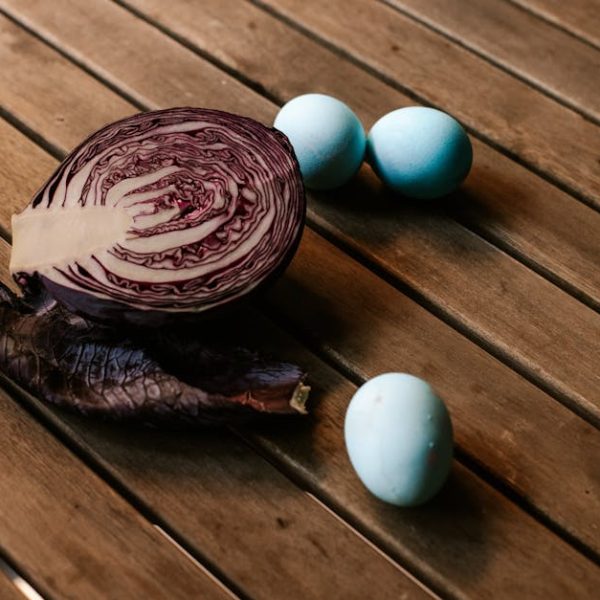Birds are truly magnificent creatures with extraordinary reproductive processes, quite different from most other animals. They do not technically get pregnant as mammals do; instead, they lay eggs that have been fertilized internally. Hence, in essence, bird pregnancy translates to egg production. This process involves a series of steps and unique anatomical features which we will elaborate upon. Through this article, you will gain insightful knowledge on avian reproductive systems, mating habits, egg formation, and notable bird species with exceptional reproductive adaptations.
The Avian Reproductive System: Basics
Birds possess an intricate reproductive system underpinning their unique mode of reproduction. Both genders have a single exit and entry point for reproduction and digestion, called the cloaca. However, male birds do not have a penis, except for some unique exceptions. Instead, they have two internal testes that produce sperm, while females possess just one functional ovary, predominantly the left one, to produce eggs. When you’re observing birds in the wild, determining their sex can be challenging due to their internalized reproductive parts, besides the instances of sexual dimorphism.
How Birds Mate: The Process of Copulation
Understanding bird copulation is pivotal to comprehending avian reproduction. Generally, birds engage in seasonal mating, where courtship behaviors – song exhibitions, showy flights, or flamboyant plumage – frequently precede copulation. Unlike humans or other mammals, there is no physical connection between male and female birds during sex. Instead, they carry out a behavior known as the cloacal kiss.
This behavior lasts just seconds. The male bird alights on the female’s back, holds onto her feathers with his beak while aligning his cloaca to hers, resulting in the transfer of sperm. Instances of bird copulation are fast, efficient, and often discreet, making it tricky for even seasoned bird watchers to spot.
Fertilization and Egg Formation
After copulation, the sperm then travels up the female bird’s oviduct, using specialized cilia – hairlike structures lining the oviduct. If the female has produced an ovum, fertilization can occur. The fertilized egg then travels down the oviduct where it accumulates layers of albumen (egg white), membranes, and a calcium carbonate shell.
This process, fascinatingly, is counterintuitive to mammalian pregnancies, where fertilization leads to internal gestation. Therefore, it can be eye-opening to understand how birds’ unique reproductive processes allow for external egg incubation and eventual offspring hatching.
Stick around as we delve further into egg laying and incubation and discuss some unusual avian reproductive adaptations in the following segments.
Egg Laying and Incubation
Just as fertilization, egg laying and incubation in birds also entails a series of unique processes. Post egg formation, the female lays the eggs completing the process. The number of eggs laid, also known as a clutch size, varies across species and is influenced by factors like ecological conditions and food availability.
Once laid, the process of incubation commences. This is where the parent birds keep the eggs warm until they hatch. The incubation period varies among species as well, with smaller bird species typically having shorter incubation periods than larger ones.
When it comes to sharing the responsibility of incubation, it’s an intimate affair with variations across species. Some birds share the duties equally, some have only the female incubating, while in rare cases only the male takes up the duty.
Special Features: Extraordinary Avian Reproductive Adaptations
To end with a flourish, let’s take a tour of some fascinating avian reproductive adaptations. Did you know that some bird species, like cuckoos and cowbirds, practice a strategy known as brood parasitism? Instead of incubating their own eggs or raising their chicks, they lay their eggs in the nests of other bird species, sneaking in their progeny to be raised by unsuspecting foster parents.
Then there are species like the African jacana where the males take on most of the parental duties, including incubation and chick care, while females defend the territory.
To summarize, the bird kingdom is filled with a plethora of fascinating, unique, and efficient reproductive strategies well worth understanding. As you stride around nature, armed with these insights, every sighting or song could now unfold an inspiring story of survival, adaptation, and continuity. Happy bird watching!
Key Takeaway:
- Unlike mammals, birds do not get pregnant; their fertilized eggs develop outside the body. The avian reproductive process involves an intricate system and a variety of unique anatomical features.
- Bird mating, known as cloacal kiss, is a quick and discreet process that involves the transfer of sperm from the male to the female.
- The process of fertilization and egg formation in birds involves the sperm traveling up the female bird’s oviduct to the ovum. A fertilized egg then moves down the oviduct, gathering layers of albumen, membranes, and a shell.
- Post egg formation, female birds lay the eggs beginning the incubation process. The number of eggs laid, or clutch size, and incubation responsibilities vary across species.
- Birds exhibit diverse and fascinating reproductive adaptations like brood parasitism and polygamy.
The world of avian reproduction is indeed fascinating and full of surprises, further highlighting the diversity and complexity of nature. As bird enthusiasts or even casual observers, understanding these processes and adaptations can significantly enhance our bird-watching experiences and appreciation of these wonderful creatures.
FAQs
Q: How frequently do birds mate?
A: Birds typically mate according to seasons. The frequency can vary across species and environmental conditions.
Q: Do all birds have one functional ovary?
A: Yes, most female birds typically have one functional ovary, predominantly the left one.
Q: Can bird fertilization occur without a cloacal kiss?
A: No, the cloacal kiss is the process through which sperm is transferred from male to female, making it necessary for fertilization.
Q: What determines the number of eggs a bird lays?
A: The number of eggs laid, known as clutch size, can vary across species and is influenced by factors like ecological conditions and food availability.
Q: Are there bird species where males are predominantly responsible for offspring care?
A: Yes, in some species like the African jacana, males take on most of the parental duties, including incubation and chick care.
Share this article with other bird enthusiasts and continue exploring our wonderful world of birds through more posts on our site.
